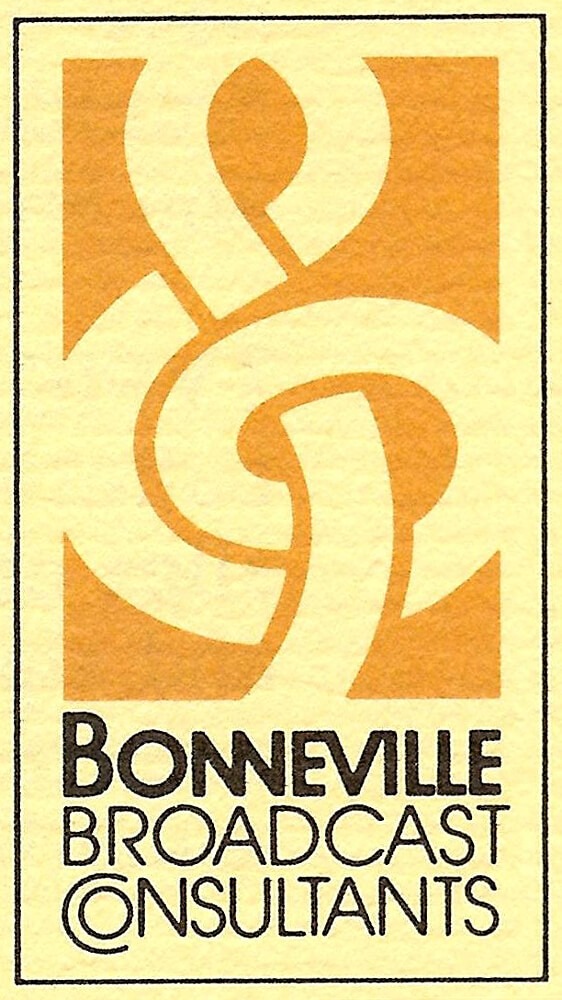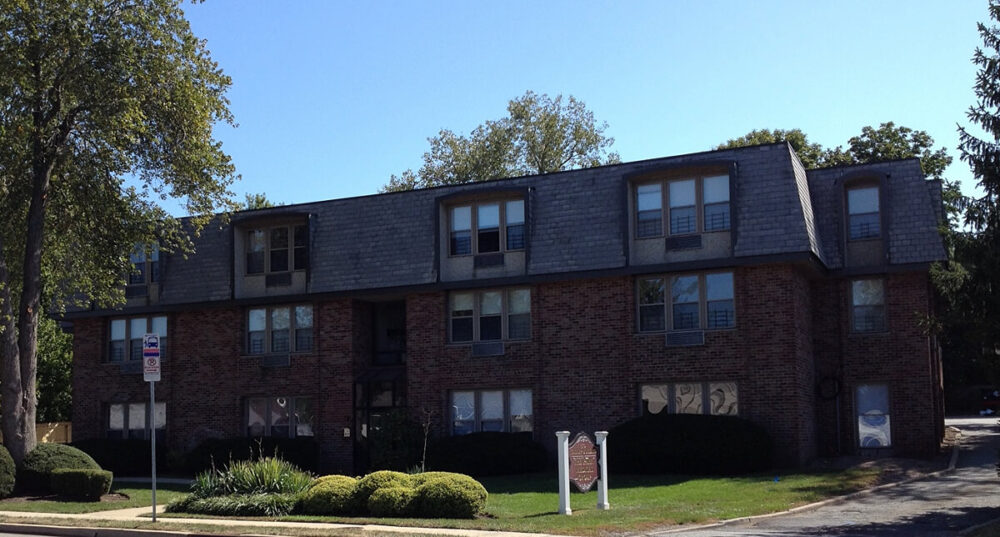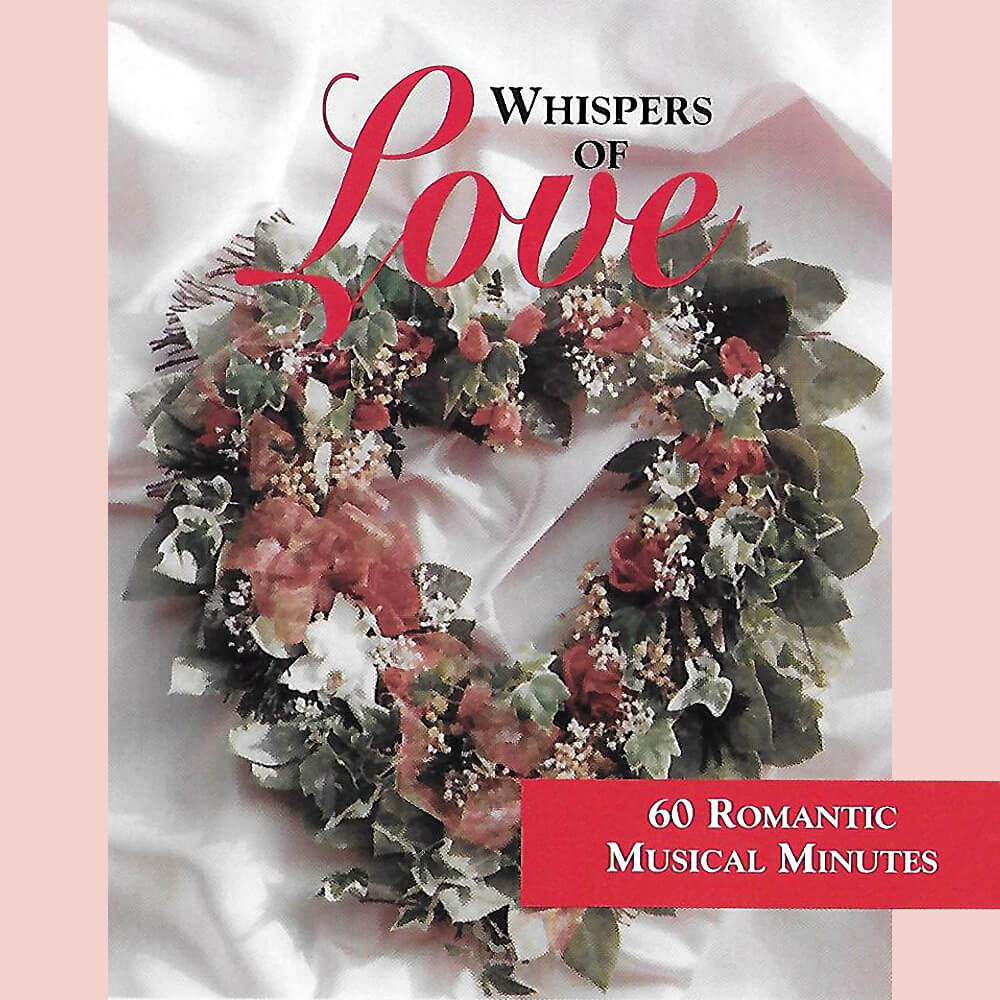If you know my story at all, having been following these Musings for any length of time or have read my Memoir … you are fully aware of the success that WRFM achieved in the New York City market beginning in late 1969. As time passed, it became obvious that the massive audience, numbering in the tens of thousands, which the station had gained within just a matter of months, was not a “fluke.”
When the calendar reached the fall of 1970, Arch L. Madsen, President of Bonneville International Corporation, WRFM’s parent, made a decision … he wanted WRFM’s programming to be duplicated on Bonneville’s other five FM stations: Los Angeles, Seattle, Salt Lake City and Kansas City, plus Chicago, which the Company was in the process of acquiring. At the time, only Kansas City had an audience of any meaningful size. And, our deadline for getting set up was not far away … we’d need to be ready to support Chicago, which was expected to come under Bonneville ownership on December 1st, 1970 … meaning with the holiday season under way, we had to first deliver a Christmas music tape library.
I immediately reminded Mr. Madsen of two factors: (1) WRFM was a totally live operation, still playing all of its music from LP’s, one track at a time … which was not a practical approach to be considered for any of the other stations as they were automated operations playing their programming from audio tapes and were not prepared to hire operating staffs. In each case, the FM station was watched over by an employee of the sister AM station; and (2), it suddenly struck me … if we were to gear up — additional staff plus recording equipment — to deliver all that would be needed to support these stations, wouldn’t it make sense to offer our services to stations in non-Bonneville communities, which was most of the country!? He agreed, telling me to acquire what was necessary for the endeavor.
Gearing Up for Syndication
While purchasing equipment, primarily a pair of high-quality tape recorders initially, and working out the logistical aspects of this new operation, the question was … what do we name it? We chose WRFM Program Services, as what we were offering was the programming content and related operational guidance which were keys to the station’s dramatic success, having brought WRFM to the attention of the entire radio industry.
Let me say that I never had any thoughts about entering the radio programming syndication realm … my interest was fully on the success of WRFM — much in the manner of what Bernice “Tudie” Judis did with New York’s WNEW-AM, which I wrote about on this page last year — and continuing to bring joy to more and more hearts across the greater New York-New Jersey region … it was only after being asked to take on this new “challenge” by my boss, a man whom I greatly respected, and then sensing the logical extension beyond the company-owned stations.
As I wrote in my memoir, RADIO … My Love, My Passion …
“While it would require additional manpower to handle the mechanics, it wouldn’t be highly difficult to provide the client stations with our programming. Beyond a library of reels of tape totaling well over two hundred hours of programming, we’d provide daily schedules of exactly what tape to play at what time, as well as providing them with detailed written instructions for executing the format plus guidance for promoting and advertising their station. Still, we wouldn’t be there to hold their hand or directly provide the motivational energy which was key to WRFM’s success. That was to be the real challenge!”
As the calendar turned to 1971, Mr. Madsen again called, this time to say he’d like me to give up managing WRFM and devote my full energies to the creative aspects of this new programming/consulting operation.
Before going on, the visual at the top shows the cover of a brochure we began using later in 1971 … following our carrying out Mr. Madsen’s desires by relocating from within the WRFM facilities to our own space in the 485 Madison Avenue building and changing our name to Bonneville Programming Services. What it references is the fact that WRFM’s studios were located at the address which became notable in radio history, as the location was the world headquarters of the Columbia Broadcasting System from the 1930’s into the early 1960’s.

As reported in Billboard magazine, by April 1972 — a year after we began taking on client stations beyond WCLR Chicago — we were serving 15 stations beyond the Bonneville-owned stations. Two of those, WEZO Rochester, New York, and KMEO in Phoenix, had already become dominant in their markets.
How the Syndication Worked…
All of our larger-market stations received tapes which contained quarter-hour segments of musical selections programmed to be smooth-flowing from beginning to end. In the early days, we delivered the music on two 7-inch reels, two segments to a reel … done primarily to insure flexibility in scheduling so as to avoid a sense of repetition.
Over the next couple of years, we’d make changes … first, we chose to change our name to one that better communicated the support we provided, becoming Bonneville Broadcast Consultants; next, we recognized that the audio quality on our tapes were not at a level equivalent to our image as a provider of quality programming and services. So, we made the decision to go back and re-build our entire library of recordings from scratch. At the same time, through a brain-storming session, we conceived of a concept for building and scheduling our tapes which allowed going the larger reels containing four quarter-hour blocks of selections while avoiding any hint of repetition, which equates to boredom! This change also reduced a burden at the station end, with only half as many reel changes per day.
Finally, in 1974, corporate management gave us approval to leave “the high rent district” of Manhattan. Since very few clients visited us in New York — we mostly visited their stations — and with my two key associates, Loring Fisher and Frank Murphy, and myself all living in Bergen County, New Jersey, we chose a location not far off of the George Washington Bridge … this building in the community of Tenafly. It was a win-win, as we saved not only on New York taxes but hours of daily commuting time each day.
With our growing list of client stations and the ratings success many were gaining, our division of Bonneville International Corporation had become the national face of the Corporation. I’ll have more on that story in my next Musings.
As always, your thoughts and comments are welcome and appreciated. Do hope you enjoyed reading!







Thank Marlin for reminding me of more memories from early 1970. That was the time we discontinued
Bill Drake's "Hit Parade 70" at KIRO-FM – soon to became one of your early stations. The other comment I will follow
up on was your prior musings of 1940s radio. I too had caught the radio bug. I not only built a crystal set
and listened, I also became sort of a groupie, hanging around "man in the street broadcasts" in downtown
Salt Lake City, I was not yet in the 5th grade. Al "Jazzbo" Collin would go onto fame at WNEW and NBC
but he interviewed folks in front of a movie theatre, near KALL's studios on Main Street.in Salt Lake City. I was
one of the "darndest saying" kids. Later got my first job through the Intermountain Network, a regional chain of Mutual
affiliated stations. I quit college to do the night show on KGFL in Roswell, N.M.and get paid $60 on that first radio
job. Hey Marlin….its all in my soon-to-be-published book. You're an inspiration when it comes to radio and book
writing.
Marlin, I had another interesting experience this morning. You must have known Bill McMahon over the years. He
had a consultancy back then and was interviewed on a pod cast regarding those early days of syndication. Of course
he was in Bonneville management, worked with Joe Dorton also in San Diego and reminisced about talk radio's
development.
Those of us in our 80s seem to enjoy looking back. I sure do. Thank you for giving me a chance to hear of your
musings and to express some of my own ideas too. DICK DIXON
And by 1985, it was gone. A format whose descent was as meteoric as it's rise. Still, many elements and philosophies that are still in use today
Thanks for your comment, Jack. Poor station management and new managers who didn’t appreciate the format played a bigger role in its demise than did listeners losing interest!
Marlin,
My thoughts are that as the great artists and arrangers retired or passed that the classy and well produced cover versions disappeared, "beautiful music" was slowly dying.
For two years 92-94 I was VP and GM of KMUZ FM Portland, a new station that I and partners started specifically to be a Bonneville easy listening station. At that time there were fewer decent covers available. But, with that said, no one records new 50's and 60's- and there are great oldies stations still around. We had a decent following and ad revenues, but not stellar.
Artistically the covers were not of the London Festival Orchestra, Percy Faith, or Bert Kaempfert quality.
I had the feeling that we were on the tail end of success and instead of a format change, the partners arranged for a sale.
But for two years I had fun with the best equipment and very proud of owning one of the best sounding FM stations!
Like a ice-cold Coca-Cola we were 'Refreshing K-Music, 94.7 FM.'
You discuss the quality of the “custom” recordings vs. London Festival and Percy Faith … that’s because it was hard – without record sales – to afford, justify the similar size of orchestra. The only one who came close was John Fox, who had at minimum 34 players in a session; whereas, the orchestras you referenced were usually twice that number and most others working in the “custom for broadcast” field got by with far fewer than John – they were the economics of the business.
Marlin,
I appreciate your comment. As for KMUZ in the early 90's, the Fox arrangements and others were very good. The variety of arrangements was less as the favorite artists retired or passed to be with the Lord. In my opinion the over all musical presentation sounded somewhat the same.
My parents loved "beautiful music." Dad called it human music. My folks were happy that during high school and college I was working at a radio station that played the sounds they enjoyed on our big Magnavox console stereo in the family room.